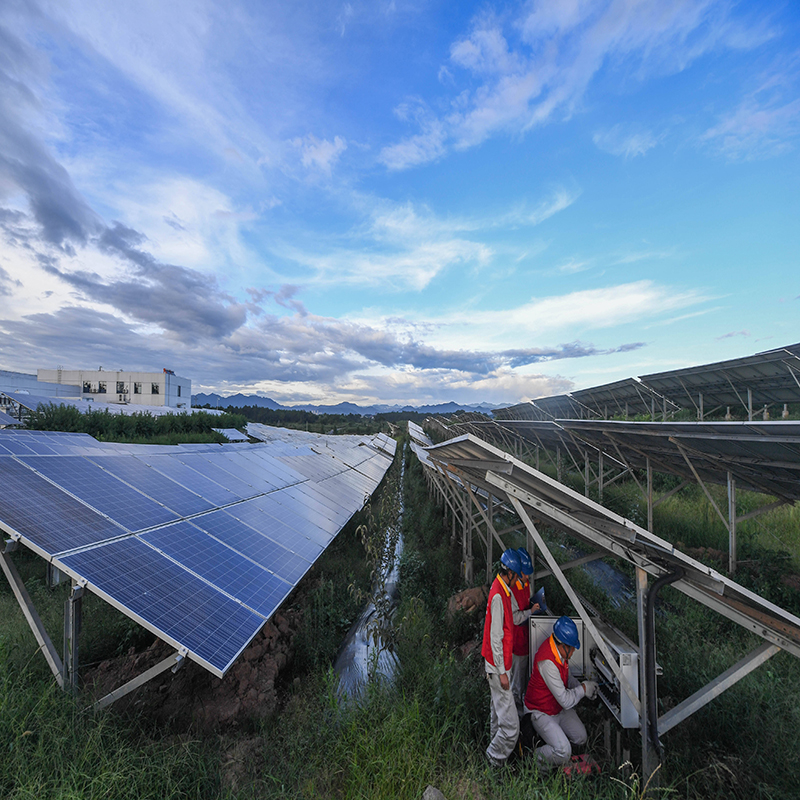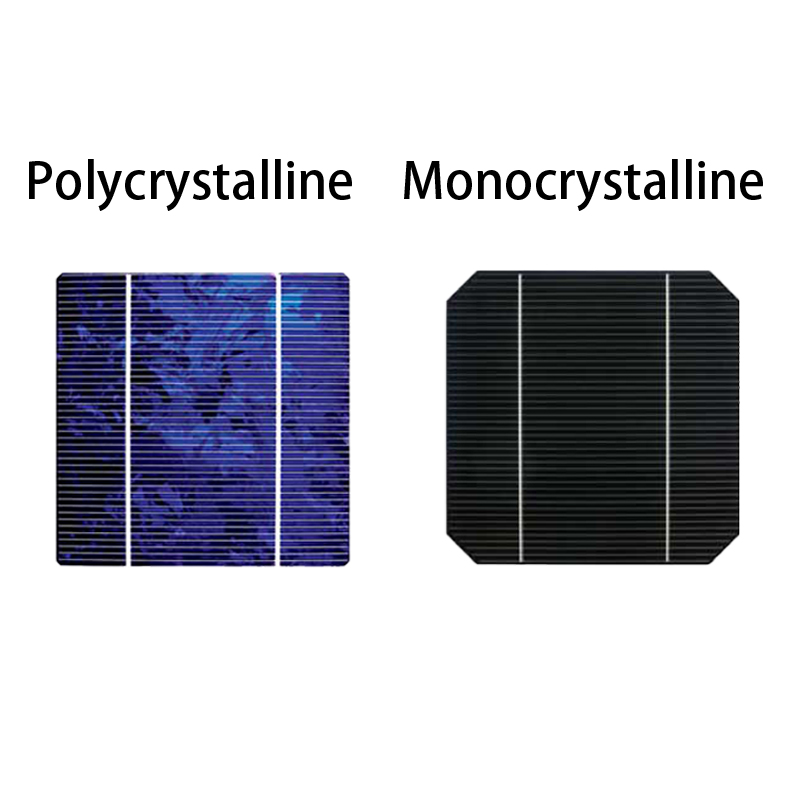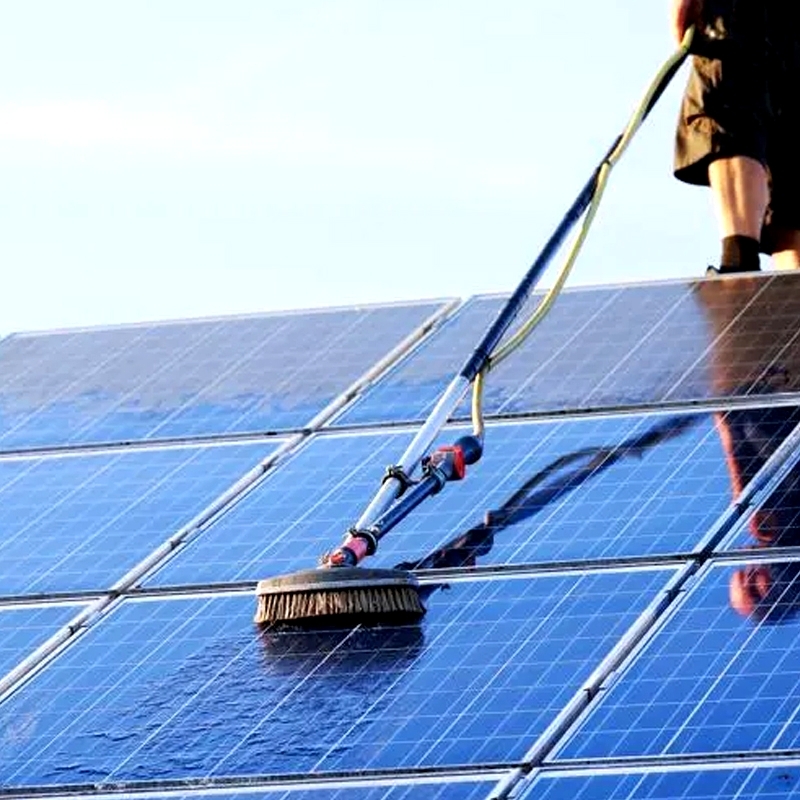Solar photovoltaic (PV) panels, often referred to simply as solar panels, are devices that convert sunlight into electricity using semiconductor materials. These panels are a key component of solar power systems and play a crucial role in harnessing renewable energy from the sun.

Here are some key points about solar photovoltaic panels:
- Function: Solar panels work on the principle of the photovoltaic effect, which is the process by which certain materials (usually silicon-based) generate electricity when exposed to sunlight. When photons from sunlight strike the semiconductor material within the panel, they knock electrons loose from their atoms, creating an electric current.
- Composition: Solar panels are made up of multiple solar cells connected together. Each solar cell is typically composed of layers of semiconductor materials, such as crystalline silicon, amorphous silicon, or other thin-film materials. Silicon-based solar panels are the most common type.
Types of Solar Panels:
- Monocrystalline: These panels are made from a single crystal structure, making them highly efficient but more expensive to produce.
- Polycrystalline: Polycrystalline panels are made from multiple crystal structures and are slightly less efficient than monocrystalline panels but more cost-effective.

- Thin-Film: Thin-film panels use various semiconductor materials in thin layers. They are less efficient but can be more flexible and less expensive to manufacture.Efficiency: The efficiency of a solar panel refers to the percentage of sunlight it can convert into electricity. Typical efficiencies range from 15% to 22%, with monocrystalline panels often having higher efficiencies than polycrystalline panels.
Installation: Solar panels are typically mounted on rooftops or on ground-mounted structures, facing the sun to maximize exposure to sunlight. The number and orientation of panels depend on factors like location, energy needs, and available space.
Inverters: The electricity generated by solar panels is direct current (DC), but most household appliances and the grid use alternating current (AC). Therefore, solar power systems include inverters to convert DC electricity into AC electricity for use in homes or to feed back into the grid.
Maintenance: Solar panels require minimal maintenance. Regular cleaning to remove dust and debris and occasional inspections for damage or shading issues are usually sufficient to keep them operating efficiently.Cleaning solar PV panels is an important maintenance task to ensure they operate at their maximum efficiency. Dirty or dusty panels can reduce the amount of sunlight they absorb and convert into electricity.

- Environmental Benefits: Solar PV panels are a clean and renewable energy source, producing no greenhouse gas emissions during operation. They contribute to reducing the carbon footprint and dependence on fossil fuels.Economic Benefits: Solar panels can lead to long-term savings on electricity bills and may even allow homeowners to earn money by selling excess electricity back to the grid through net metering programs.
Government Incentives: Many governments offer incentives, tax credits, and subsidies to encourage the installation of solar panels, making them more accessible and affordable for homeowners and businesses.
Solar photovoltaic panels have become increasingly popular as a sustainable and cost-effective way to generate electricity, contributing to a greener and more sustainable energy future.


